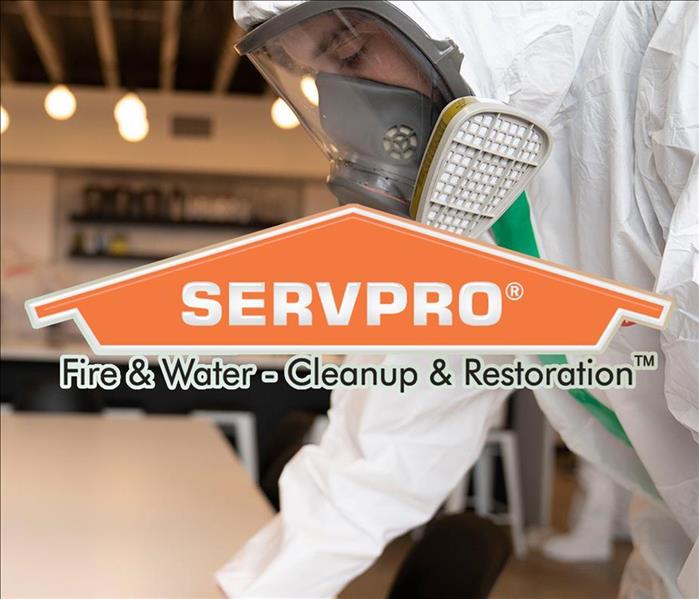What Exactly Constitutes a Biohazard?
4/28/2021 (Permalink)
 Now, what to do when you have a biohazard? Call the professionals at SERVPRO of Lufkin/S. Nacogdoches.
Now, what to do when you have a biohazard? Call the professionals at SERVPRO of Lufkin/S. Nacogdoches.
After all the events of 2020; virus, biohazard, and other similar terms have basically become an everyday term in most people’s lives. While most of us have become much more health conscious on these matters to protect ourselves and those around us, I thought it would be helpful to define exactly what defines a biohazard, and what to do if you think you have one on your hands.
Some Biohazard Examples
- Human blood and blood products. This includes items that have been contaminated with blood and other body fluids or tissues that contain visible blood.
- Animal waste. Animal carcasses and body parts, or any bedding material used by animals that are known to be infected with pathogenic organisms.
- Human body fluids. Semen, cerebrospinal fluid, pleural fluid, vaginal secretions, pericardial fluid, amniotic fluid, saliva, and peritoneal fluid.
- Microbiological wastes. Common in laboratory settings, examples of microbiological wastes include specimen cultures, disposable culture dishes, discarded viruses, and devices used to transfer or mix cultures.
- Pathological waste. Unfixed human tissue (excluding skin), waste biopsy materials, and anatomical parts from medical procedures or autopsies.
- Sharp waste. Needles, glass slides and cover slips, scalpels, and IV tubing that has the needle attached.
Biohazard Safety Levels
There are 4 levels of biohazards, according to the Center for Disease Control:
- Biohazard Level 1: Agents that pose minimal threat to humans and the environment. Examples include E. coli, Bacillus subtilis, and Naegleria gruberi.
- Biohazard Level 2: Agents that can cause severe illness in humans and are transmitted through direct contact with infected material. Examples include HIV, hepatitis B, and salmonella.
- Biohazard Level 3: Pathogens that can become airborne and cause serious diseases. Examples include tuberculosis and Coxiella burnetii.
- Biohazard Level 4: Pathogens that pose a high risk of life-threatening disease for which there are no treatments. Examples include the Ebola virus and Lassa virus.
Info/data from aftermath.com, cdc.gov
Now, what to do when you have a biohazard? Call the professionals at SERVPRO of Lufkin/S. Nacogdoches.
We are available 24 hours a day—our highly trained technicians are standing by. We have the qualified trained professionals who are ready to respond to these incidents. We will always treat your property and the people involved with the greatest empathy and respect in the face of trying circumstances.






 24/7 Emergency Service
24/7 Emergency Service